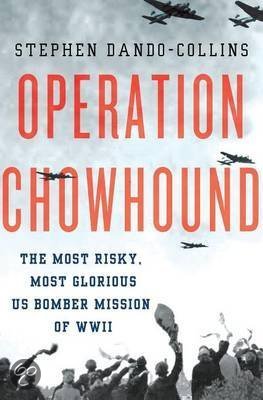Bob Upcott
On one of our later Manna missions we flew over a hospital on our way back from the drop zone. We saw nurses unfold the largest Union Jack that we had ever seen. We thought this to be a very brave act of these nurses. We knew that peace had not been signed yet and we had seen German soldiers walking on the ground below. These soldiers would probably not have reacted very happy if they had seen the great gesture these nurses made.
In order to drop the food without to much damage to the food parcels, the bombers all flew their missions on low altitude. All of a sudden there was a chance of flying into a building if one didn't pay attention. This problem was much smaller at 50.000 feet!
For Norman Coats, a ball turret gunner in the 390th BG this was his first Chowhound mission. He remembers almost hitting a church steeple while over Holland. He was just in time to lift his wing and avoid an accident. He says:
"These first missions were flown in formation. This meant that there was very little room for maneuvering. The bombers assembled over the English coast. Normally this was done in the clear sky, above the clouds, but this time it was done under the clouds."
A tragic incident happened on this second day of operation Chowhound. The weather over England was still not very ideal on those first missions. Two bombers of the 388th BG collided when they maneuvered into position in the tight formation. There were no survivors of either crew. These men were almost joined in their sad faith, by a bomber of the 96th. Over the English coast, Millard Ickes saw to his astonishment that his left wing plane hit a radar post near Norwich. A portion of the wing was cut off, causing an almost immediate crash. The pilot of this aircraft managed to keep control over the aircraft and returned to his base. Flying in formation was given up in the later missions. The bombers flew in a single line, one after the other. That proofed to be a good system for these types of missions.
